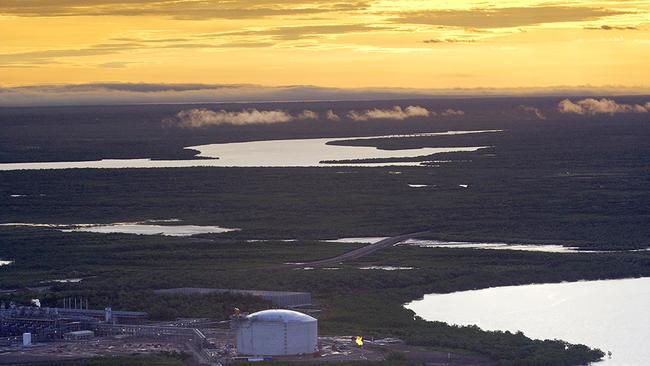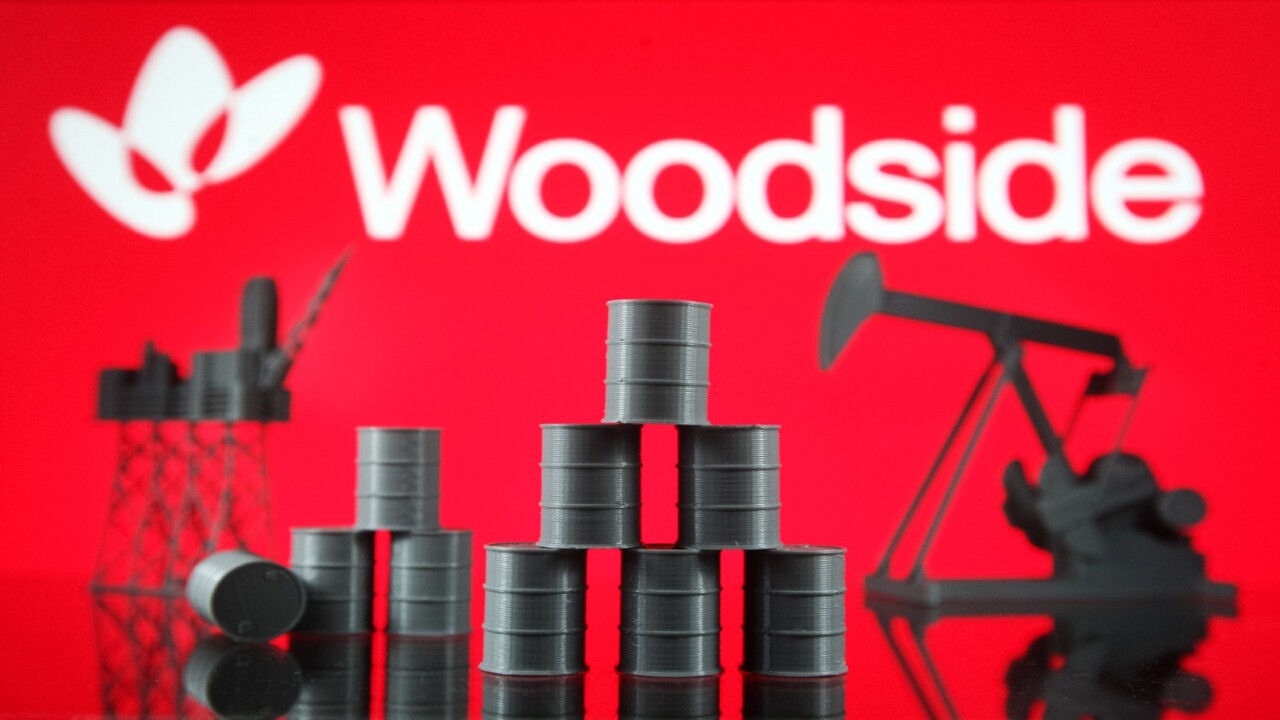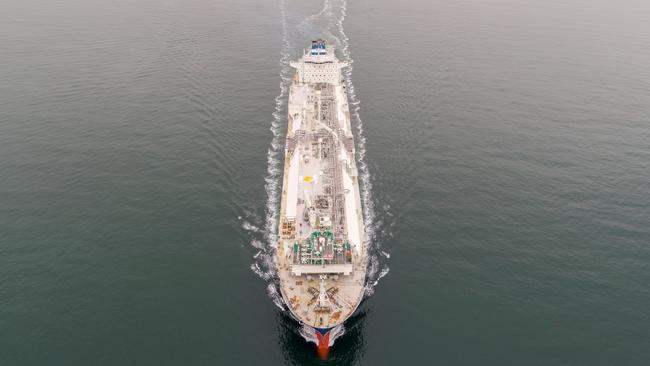Australia to have east coast gas surplus in 2025, says ACCC, but importing gas in later years likely
The admission will elevate concern about how Australia — one of the world’s largest LNG exporters — is forced to import gas to meet demand from Victoria and NSW.

Australia’s east coast appears increasingly likely to have to import gas in the near term, which could increase prices to end users – the Australian Competition and Consumer Commission – though the region does have a small surplus this year.
A surplus of gas throughout 2025 tempers concern about an immediate export curb, but the admission that imports now shape as the most feasible solution to a looming economic shortfall will elevate concern about how Australia – one of the world’s largest LNG exporters – is forced to import gas to meet demand from Victoria and NSW.
Australia’s LNG industry has been on heightened alert that exports from Queensland could be limited via the so-called Australian Domestic Gas Security Mechanism (ADGSM), The ADGSM can only be triggered should the ACCC find a shortfall, but the competition watchdog said it now expects a surplus of between 77-112PJ of excess across the east coast over 2025.
Still, the ACCC concedes the surplus is likely short-term and LNG imports are now increasing likely.
“In the short-term, it seems increasingly likely that the southern states will have to import gas to meet demand. The use of LNG imports can provide some greater flexibility in meeting demand in southern states and have a lower risk of asset stranding compared to traditional,” the ACCC said.
Despite the advantages, LNG import prices may be higher than current domestic gas prices. Imported gas may incur additional costs not currently experienced by gas users on the east coast, including LNG shipping, liquefaction and regassification costs. LNG.”
Higher gas prices through LNG imports would be catastrophic for some heavy users and households – though the impact could be a year or two away. In the immediate near-term, a 2025 surplus could aid households and businesses – though this is likely only temporary, and industry figures have previously insisted a 2025 gas shortfall could still eventuate despite the ACCC findings.
Squadron Energy – owned by billionaire Andrew Forrest – is Australia’s leading LNG import terminal developer via its Port Kembla development, and chief executive Rob Wheals said the facility will be a vital tool in meeting the shortfall but rejected the suggestions of higher prices.
“[Port Kembla] will be capable of meeting forecast gas supply needs in the coming years for both New South Wales and Victoria without the need for new gas fields or major infrastructure development in Australia,” said Mr Wheals.
“We strongly reject the assumption that LNG import prices may be higher than current domestic gas prices. In the next four years, global LNG supplies are expected to increase by 50 per cent. By 2028, the size of the global LNG market will be about 80 times bigger than Australia’s southern gas markets. [Port Kembla[ comes online in time for Australians to access forecast falls in the global LNG price.”

The ACCC report uses holistic supply and demand data but the industry has previously flagged the prospect of supply woes in winter even if Queensland remains amply supplied.
Victoria and NSW, to a lesser extent, uses more gas in winter but if stockpiles are inadequately filled or the states sees an unexpected pull on gas for other uses – infrastructure constraints would limit the capacity of gas from Queensland to fill the void.

The 2022 energy crunch was triggered by a spate of coal outages, and while generators have spent millions of dollars reliability is not guaranteed.
Even if the east coast avoids a shortfall during 2025, authorities have forecast a shortfall as possible from 2026 and almost inevitable by 2028 as the traditional, main source of gas to the east coast rapidly depletes.
The industry has implored the federal Labor government and its state equivalents to hasten approvals for new sources of supply in NSW and a lift to restrictions on onshore drilling in Victoria. But prospective new projects remain held-up, a stance that the industry said is indicative of the government support.
The report, however, does defer a short-term problem for the federal Labor government. It must return to the polls by May and would have struggled to repair its standing should the ACCC have found cause for the ADGSM trigger, but doing so would have risked Australia’s standing with regional allies.
Resources Minister Madeleine King said the report illustrates the success of the Labor government in preventing an east coast shortfall.
“Secure, reliable, and affordable gas supply is vital for Australian households, businesses and the renewable energy transition,” said Ms King.
“This latest report from the ACCC shows we are securing the gas supply we need for a reliable east coast gas market. Since coming to office, the Albanese Government has put an extra 600PJ of gas into the east coast market to keep downward pressure on prices,”
The government insists it cannot cut corners on environmental approvals, and points to its interventions as evidence of its stance of bolstering supply while ensuring affordability.
The federal Labor government in 2022 surprised the market with an intervention that imposed a $12/GJ cap on new sources of supply. The move was widely condemned by the industry, but Labor remains unmoved and insists the policy has helped lower prices.
Adding some credence, the ACCC said prices offered to retailers had fallen to $14.77/GJ, down 1.8 per cent from the second half of 2023.
Federal energy Minister Chris Bowen seized on the report as evidence that its carrot and stick policy was working.
“For ten years under the former Coalition Government, AEMO warned about looming gas shortfalls leaving Australia with a gas bin fire which led to the shutdown of the National Energy Market in winter 2022,” said Mr Bowen.
“This Government has turned that around, bringing on an extra 600PJ of domestic supply – enough to power east coast generators for six years – through our enforceable commitments under our Gas Code of Conduct and securing gas supply until 2027.”
Gas prices have fallen globally since 2022 as the impact of Russia’s invasion of Ukraine begins to subside.




To join the conversation, please log in. Don't have an account? Register
Join the conversation, you are commenting as Logout